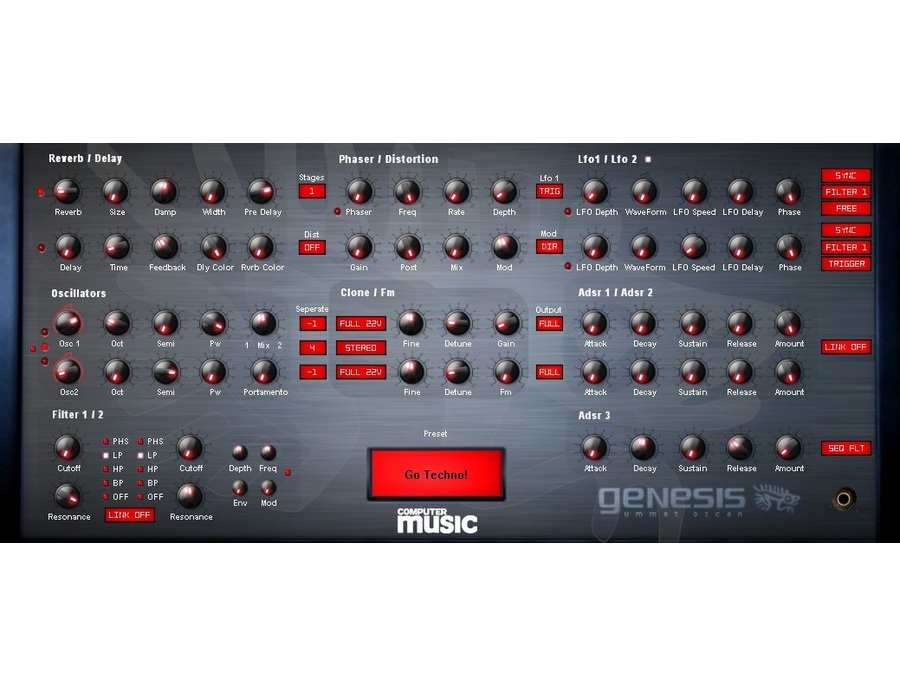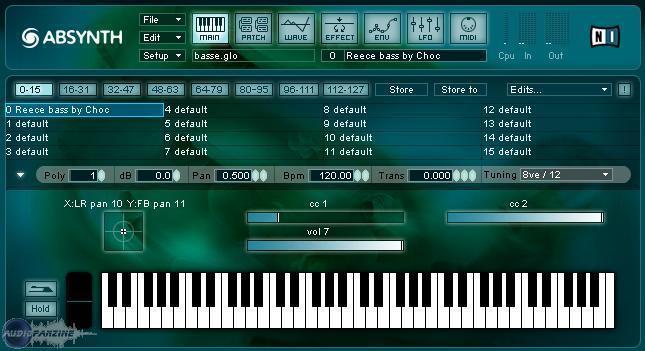

#USING ABSYNTH VST AS AN EFFECT THAKAR SERIAL# The audio buffer and sample playback rate may be set for the stand‑alone version of the program to optimise use with specific soundcards. Vector size determines the rate at which the LFOs and envelopes will update, and also the timing precision when using Absynth as a plug‑in. The trade‑off, as usual, is between performance and CPU load. Apple Sound Manager, ASIO, DirectConnect and MAS audio output are supported, as are both FreeMIDI and OMS for MIDI connectivity. When Absynth is invoked as a plug‑in, the so‑called Absynth Engine application automatically loads up in the background.Ībsynth EngineĪbsynth's Giger‑esque Patch editing window. Simple patch selection and the loading and saving of Banks can be undertaken from the host plug‑in window, but attempting to access any deeper editing features swaps control to Absynth Engine. #USING ABSYNTH VST AS AN EFFECT THAKAR PATCH# If this sounds a little confusing, it does quickly becomes clear in use - although I would have preferred things to be self‑contained within the plug‑in itself. Unfortunately, this split way of working also means that the standard VST load and preset select menus don't work, which is somewhat irksome. Up to eight plug‑in instances of Absynth may be loaded at any one time, and a row of numbers at the top of the Absynth Engine control panel highlights the currently active instance.Īll of the usual file‑handling options are provided (Save, Load, Save As.), with the ability to import/export individual Presets, or revert to the last saved version of a Bank.

Absynth Engine permits only one Bank to be loaded at a time and this Bank is shared between the eight plug‑in instances. The plug‑in window contains an on‑screen keyboard, with 'sprung' pitch‑bend control and key hold capability, and MIDI controller slider bars. The slider bars act as on‑screen controllers (transmitting MIDI data to the sequencer) and will also reflect external MIDI input.


 0 kommentar(er)
0 kommentar(er)
